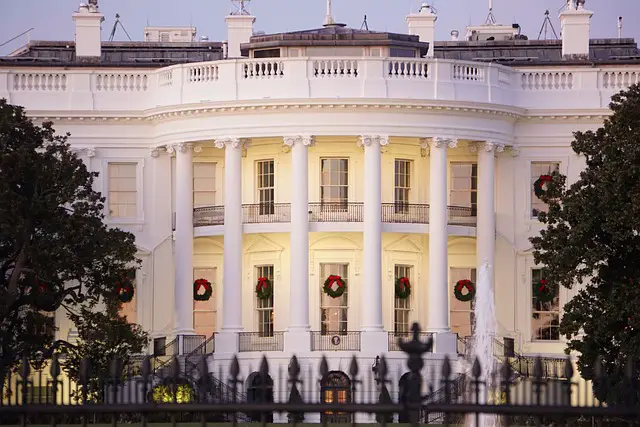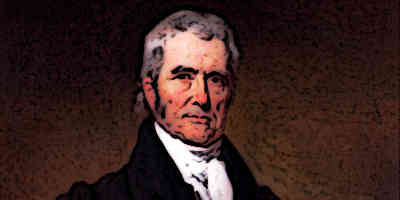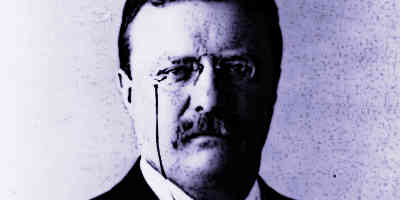White House
The White House is one of the most iconic buildings in the United States, serving as the official residence and workplace of the President. Since its completion in 1800, every U.S. President has called it home. Located in Washington, D.C. on Pennsylvania Avenue, the White House stands as a powerful symbol of American leadership and democracy.

Explore more historic and iconic structures that shape the architectural landscape of the United States in our main collection of American buildings.
Over the course of its history, the structure has been expanded, reconstructed and restored a number of times. Today, the iconic building is recognized around the world and is closely identified with the United States President.
Design and Planning
During the 1790s, George Washington served as the 1st President of the United States. He temporarily occupied two mansions in Philadelphia while plans were afoot to make Washington D.C. the new capital of the country.
A residence for the President was included in the construction plans of the new capital. To this end, a design competition for the architecture of the building was held.
In all, the competition received nine proposals. Thomas Jefferson also submitted a proposal anonymously. Ultimately, none of the entrants were finalized. Instead, George Washington was inspired by the work of an Irish architect James Hoban. He then called upon Hoban to design the White House.
Architecture
The architecture of the White House is influenced by several classic and modern styles. The Roman style of architecture can be seen reflected in the White House façade.
At the same time, the architecture also reflects influences of Georgian-era Irish architecture and the late 19th-century French countryside architecture. In general, the building has an overarching neoclassical architecture with elements of Palladian style.
The White House building comprises of three floors. It has two distinct facades – the northern front and the southern front.
The northern façade has the popularly recognized columned portico with a triangular central adornment. On the southern façade, the structure features a more casual semi-circular portico.
History
Construction on the White House began in 1792 with James Hoban as the chief architect. It was completed in 1800 and John Adams became the first President to take up residence in the building the same year.

During the War of 1812, when the British troops marched on Washington D.C., they set ablaze the White House among other structures. Following this incident, the entire structure had to be reconstructed.
Reconstruction and Restoration
By the late 19th century, the White House felt overcrowded. Several extensions and renovations were undertaken.
Then in the 20th century, further expansion of the structure took place under President Theodore Roosevelt. The new additions were all done in the neoclassical style by the architectural firm McKim, Mead & White.

Another significant addition to the White House was that of the Oval office which was added during the term of President William Howard Taft. A second fire damaged a portion of the White House in 1929 but the damaged portion was restored quickly.

By the mid-20th century, the White House was in a very poor shape. It was declared a risk with the possibility of collapse at any time. So an extensive renovation work was undertaken which cost more than $55 million in today’s money.
The renovation made White House a more modern residence but it removed the classical interior décor of the building.
It was only in the 1960s that Jacqueline Kennedy, wife of President John F. Kennedy, carried out an extensive restoration of the White House interior.

She had the interior of each section done in a different classical or neoclassical style, bringing back paintings, furniture and other antique items.
White House Executive Residence
The Executive Residence is the central portion of the White House structure, flanked on each side by the East Wing and the West Wing. This is the area of the White House where the President resides along with his family. The Executive Residence spans over four floors, namely the Ground Floor, the State Floor, the Second Floor and the Third Floor.
Located in the Residence section are several offices, a number of iconic rooms such as the Blue Room, Red Room and Green Room, the White House Master Bedroom as well as kitchens, dressing room and several other spaces.
The Cross Hall
The Cross Hall is a hallway in the White House that connects the East Room and the State Dining Room. It is an iconic portion of the White House and reflects a stunning style of interior décor. Although some features of the hall date back to the 19th century, most of its present architecture was designed during the 1950s Truman reconstruction.
The Oval Office
The Oval Office is one of the most recognized sections of the White House. It is located in the West Wing of the building and serves as the office of the President of the United States. The office gets its name from the fact that it has an oval shape. The fairly sizable interior of the office provides ample space for the President to carry out daily tasks and have regular meetings.
Typically, every American president chooses to have the office decorated as per his own preferences, which is why Oval Office frequently features a change in the interior décor. Behind the main office desk of the President, the room features three large windows. It also has four doors, each opening to a different section of the building.
The Red Room
The White House is home to three state parlors. One of them is the Red Room. This room is part of the private residence of the President. The stunning interior of the Red Room features an interior décor which emphasizes deeply on the red color.
The décor uses elements of gold in creating a beautiful contrast with the red in the furniture, painting frames, curtains, tapestries and other aspects of the room. The room is typically used as a music room or for small dinner parties by the President and his family.
The Blue Room
Another state parlor located within the White House, one of the three, is the Blue Room. This room has an oval shape and was originally named for its emphasis on blue interior décor. In more recent years, however, the interior of the room has significantly changed. It still remains an iconic section of the White House.
Learn More about The White House at Wikipedia

Who lives in the White House?
The President of the United States and their immediate family live in the White House during their term in office.
When was the White House built?
Construction began in 1792 and was completed in 1800, making it over two centuries old.
Can you visit the White House?
Yes, public tours are available, but they must be requested through a Member of Congress and are subject to security screening.
Why is it called the White House?
The name “White House” became official in 1901, although the building had been painted white since the early 1800s.
What is inside the White House?
It contains the Oval Office, State Dining Room, the Situation Room, private living quarters, and several ceremonial and working spaces.
Has the White House ever been rebuilt or renovated?
Yes, it was rebuilt after being burned in 1814 during the War of 1812 and has undergone multiple renovations and expansions since then.
- Famous American Buildings
- Capitol Building
- Central Park New York
- Chrysler Building
- Empire State Building
- Flatiron Building
- Golden Gate Bridge
- Grand Central Terminal
- Jefferson Memorial
- Lincoln Memorial
- Memorial Statues
- One World Trade Center
- Statue of Liberty
- Top 10 American Buildings
- Top 10 American Memorials
- Top 10 American Skyscrapers
- Wall Street
- Washington Monument
- Washington National Cathedral
- White House
- Willis Tower





